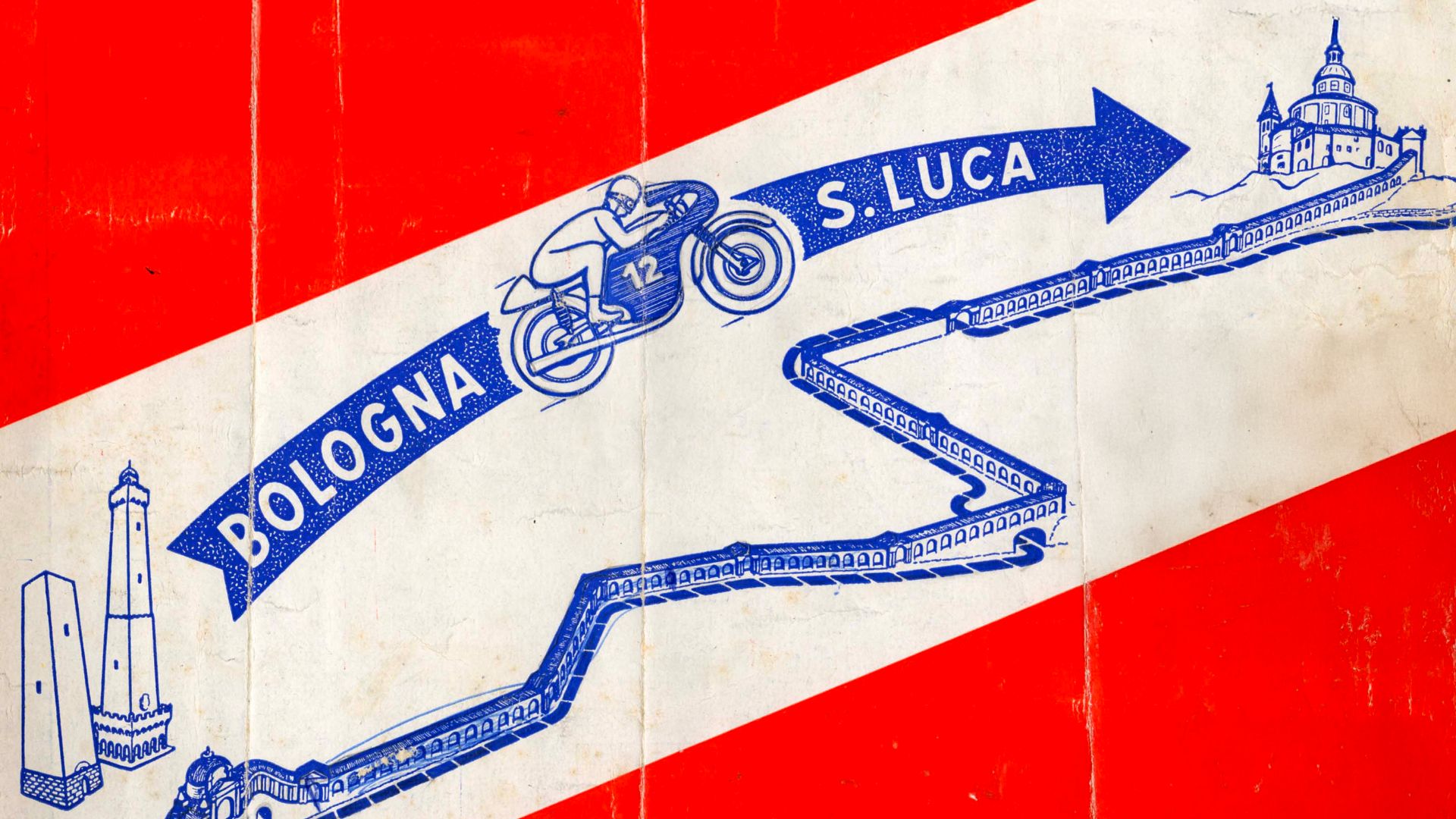


Giampaolo Dallara’s story is one of great passion, enthusiasm and many challenges. His signature accompanies some iconic models of the Motor Valley brands.
Giampaolo Dallara was born in Varano de ‘Melegari, in the province of Parma, on November 16th, 1936.
After graduating from the “Guglielmo Marconi” high school in Parma in 1954, he enrolled in the aeronautical engineering faculty of the Milan Polytechnic, where he graduated in 1959 with a thesis on a supersonic statoreactor.
In 1959 Giampaolo Dallara also joined Ferrari, as assistant engineer to Carlo Chiti, who at that time was the technical director of the Maranello Racing Department.
“They taught me everything there,” confesses Dallara, “I understood that when you’re wrong you learn. Every time I was wrong they corrected me, and I went back”.
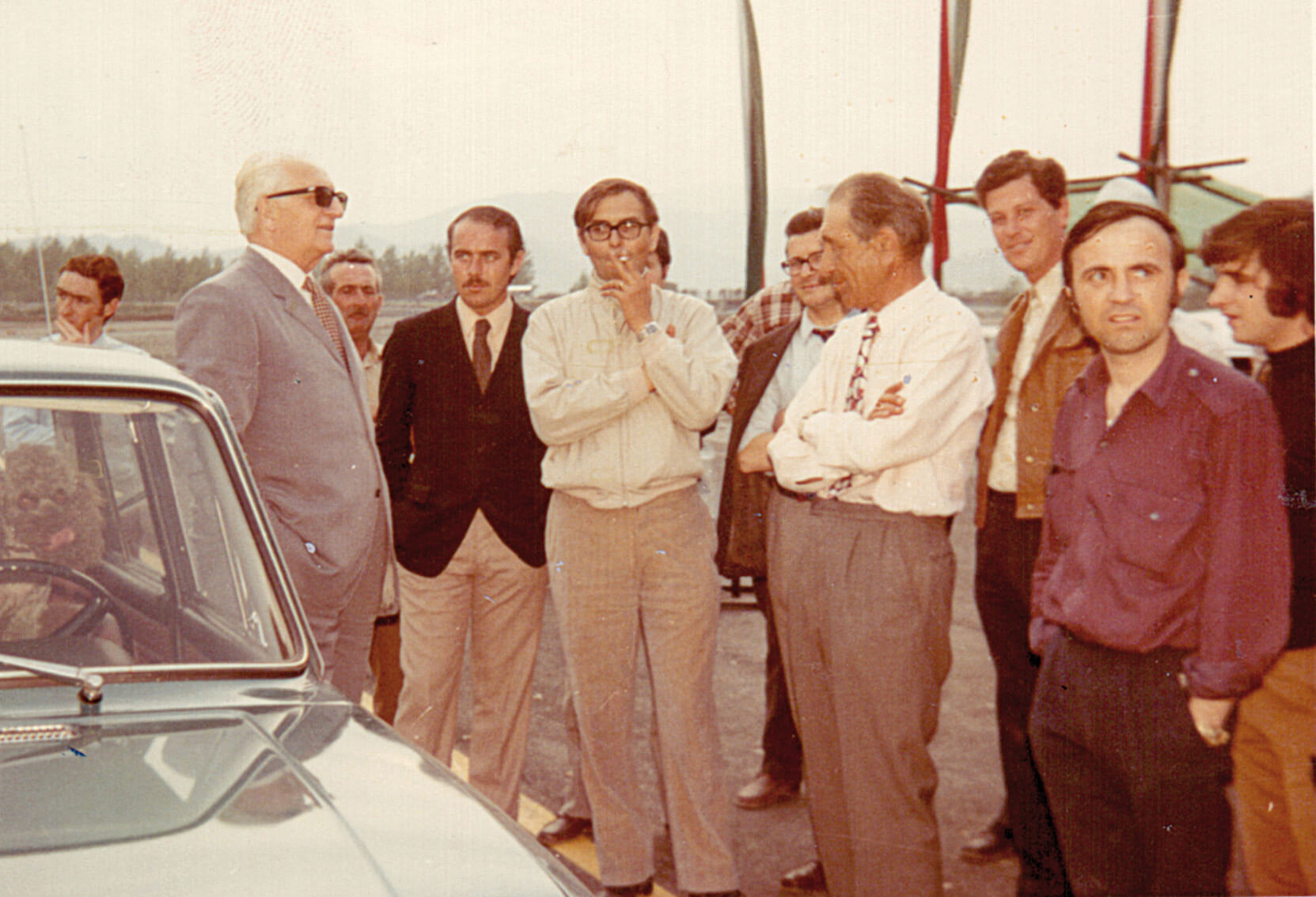
His extraordinary career begins in the fervour of the sixties, a period of rebirth for Italy after the post-war years. Hopes, dreams and great opportunities unite the young people of that time. The same as Dallara, who after two years of experience with the single-seater Formula 1 of the prancing horse, seizes on the fly the opportunity that the doors of the Trident offer him.
In Maserati he stayed for two years, working alongside the engineer Giulio Alfieri, technical manager of the Tridente racing department. Here he is involved in the design of the sports car Type 64 and the GT Type 151.
In 1963 he joined the legendary Lamborghini. Under his guidance, together with Marcello Gandini and the late Paolo Stanzani, the Miura P400 was born, one of the most admired Gran Turismo of all time. But the Emilian engineer is not satisfied with this triumph, working also on the design of the 350 GT and the Espada, and helping to consolidate the legendary status of the brand.
In 1969, Italy experienced its first post-war recovery and the Emilian designer seized another opportunity, going to De Tomaso, where he designed a highly innovative Formula 2 car, characterized by a tubular monocoque frame in aircraft-inspired studded sheet metal, with high torsional rigidity.
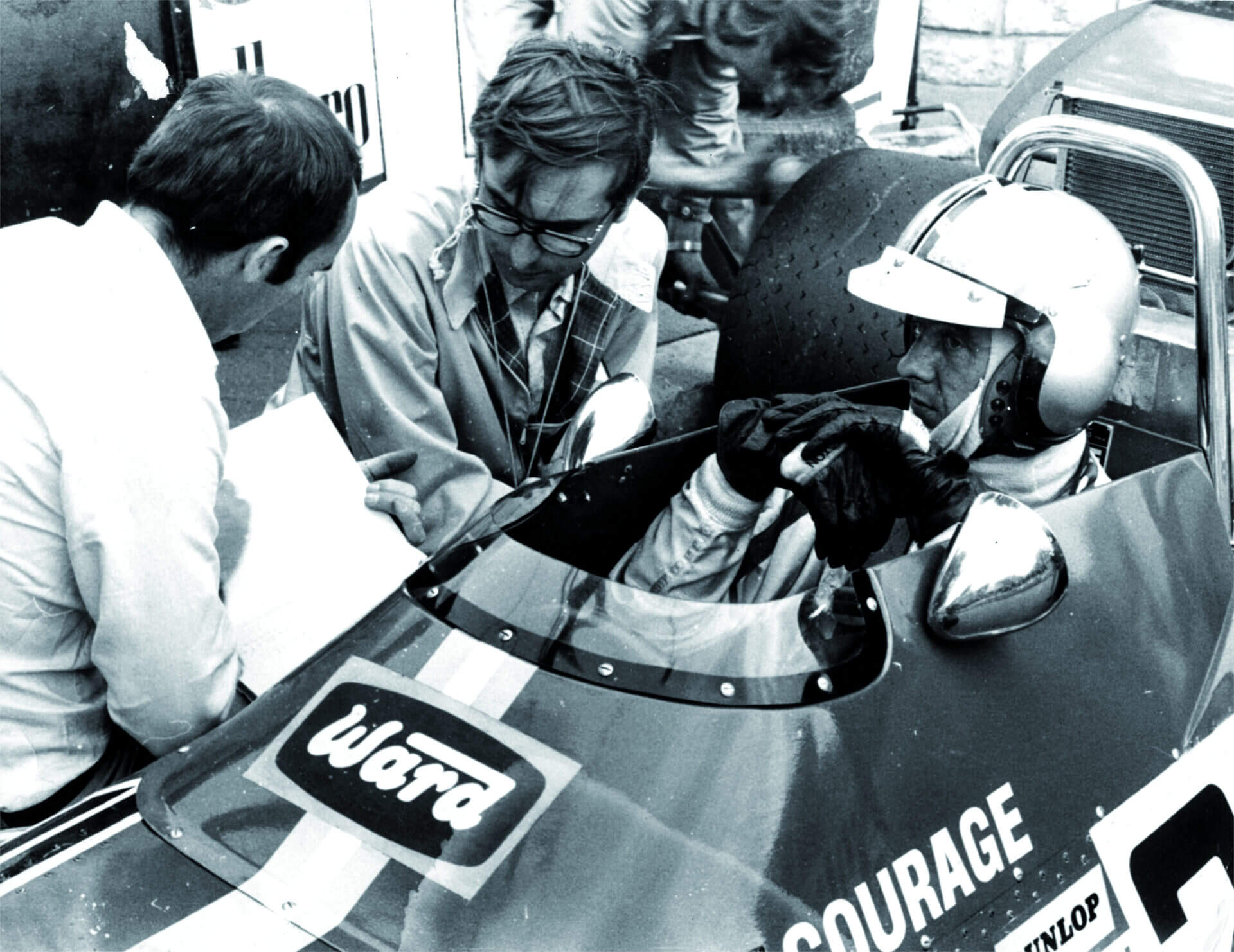
In the European Grand Prix, where the Modenese team participates alternately with drivers Piers Courage, Jackie Ickx and Jonathan Williams, the car of Dallara shows good technical characteristics, which will form the basis for the development of the 1970 De Tomaso F1.
June 21, 1970 is a day that changes his life again. At Zandvoort, during the Dutch Grand Prix, Piers Courage, the English driver who was racing for De Tomaso, dies. This event marks a turning point in his life and pushes him to return to his roots, to Varano de’ Melegari.
This is how, in 1972, the “Dallara Automobili da Competizione” was born, which today works for Ferrari, Maserati, Lamborghini, Bmw, Pagani, Bugatti.
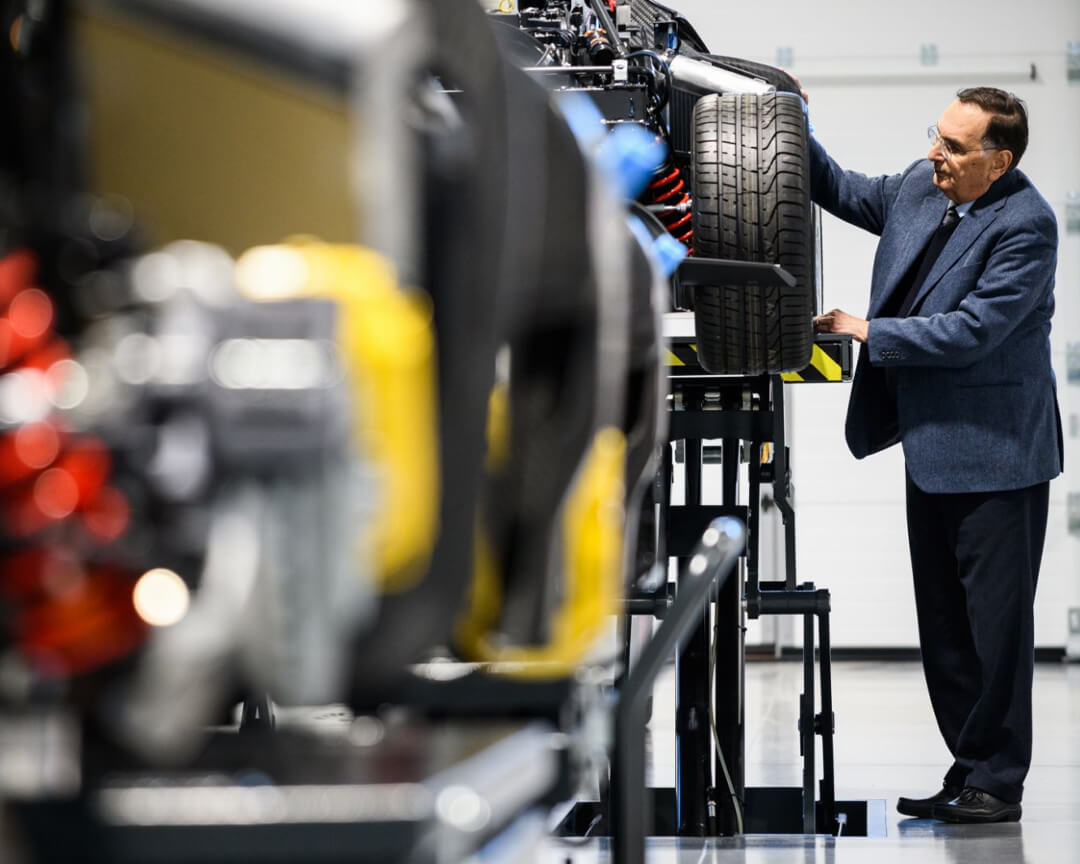
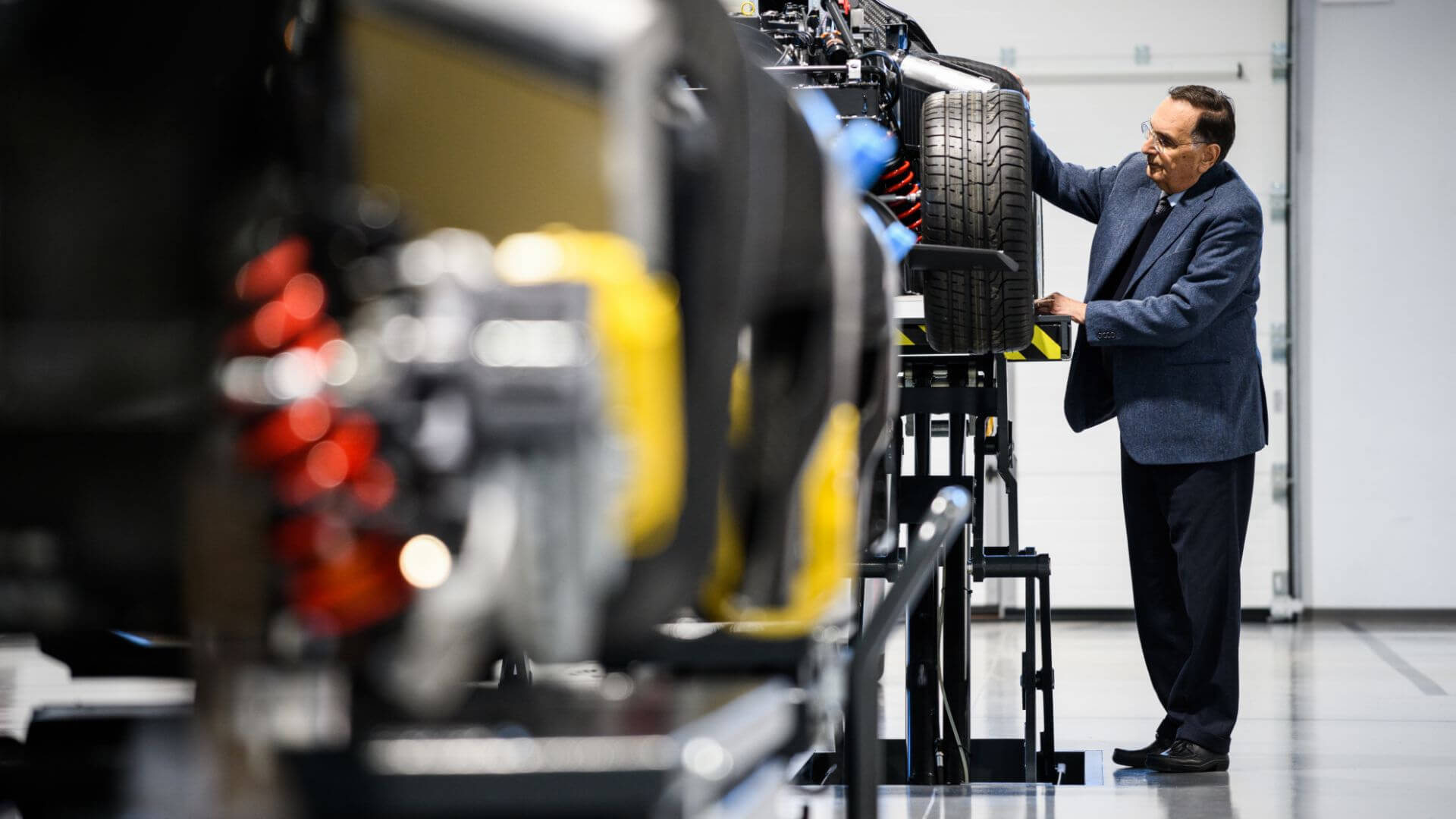
In 1973, Giampaolo Dallara began to collaborate, as a consultant on the Formula 1 Marlboro Williams Formula 1 car designed by John Clarke, with which the company from Varedo participated in the World Championship alternating several riders (Nanni Galli, Howden Ganley, Jackie Ickx , Henri Pescarolo). At ISO, the technician also followed the production of the Gran Turismo series, powered by powerful American Chevrolet engines.
Parallel to its own design activity, from 1974 onwards, Dallara also collaborated with Lancia on the projects of numerous racing cars, from Stratos Gr.4 to Beta Montecarlo Gr.5, from LC1 to LC2.
But Dallara doesn’t stop there. He shared his extensive knowledge by founding the Dallara Academy, and with the academy was born the Muner (Motorvehicle University of Emilia-Romagna), in collaboration with the universities of Parma, Modena-Reggio, Bologna and Ferrara. An educational institution that trains the automotive minds of the future. His invitation is to work in teams to reach new heights. A tangible sign of Dallara’s love for her Motor Valley.
Partners involved:
Areas involved: